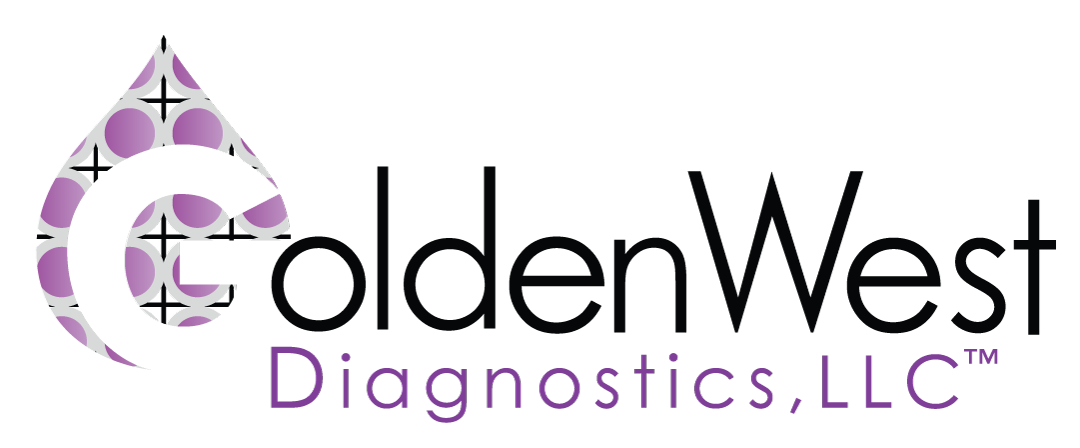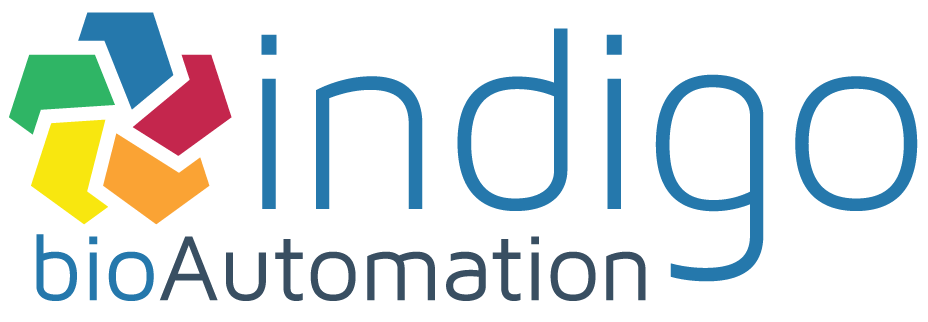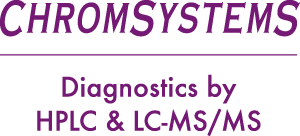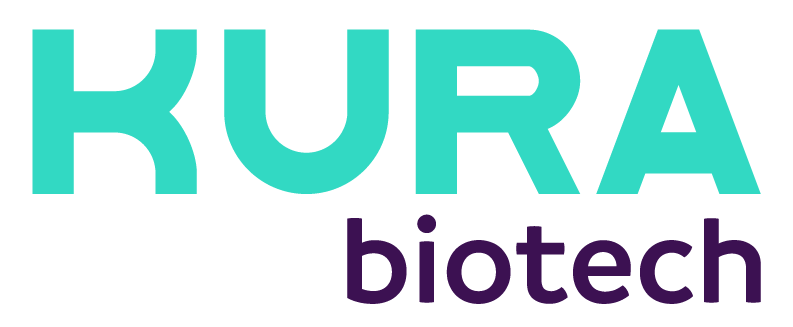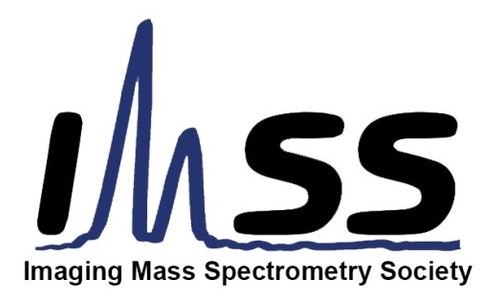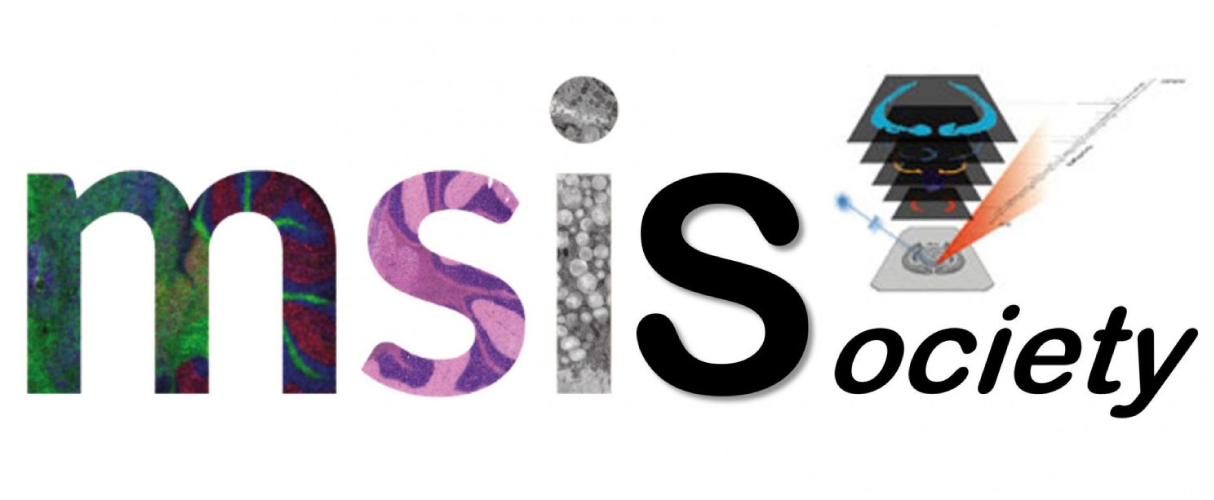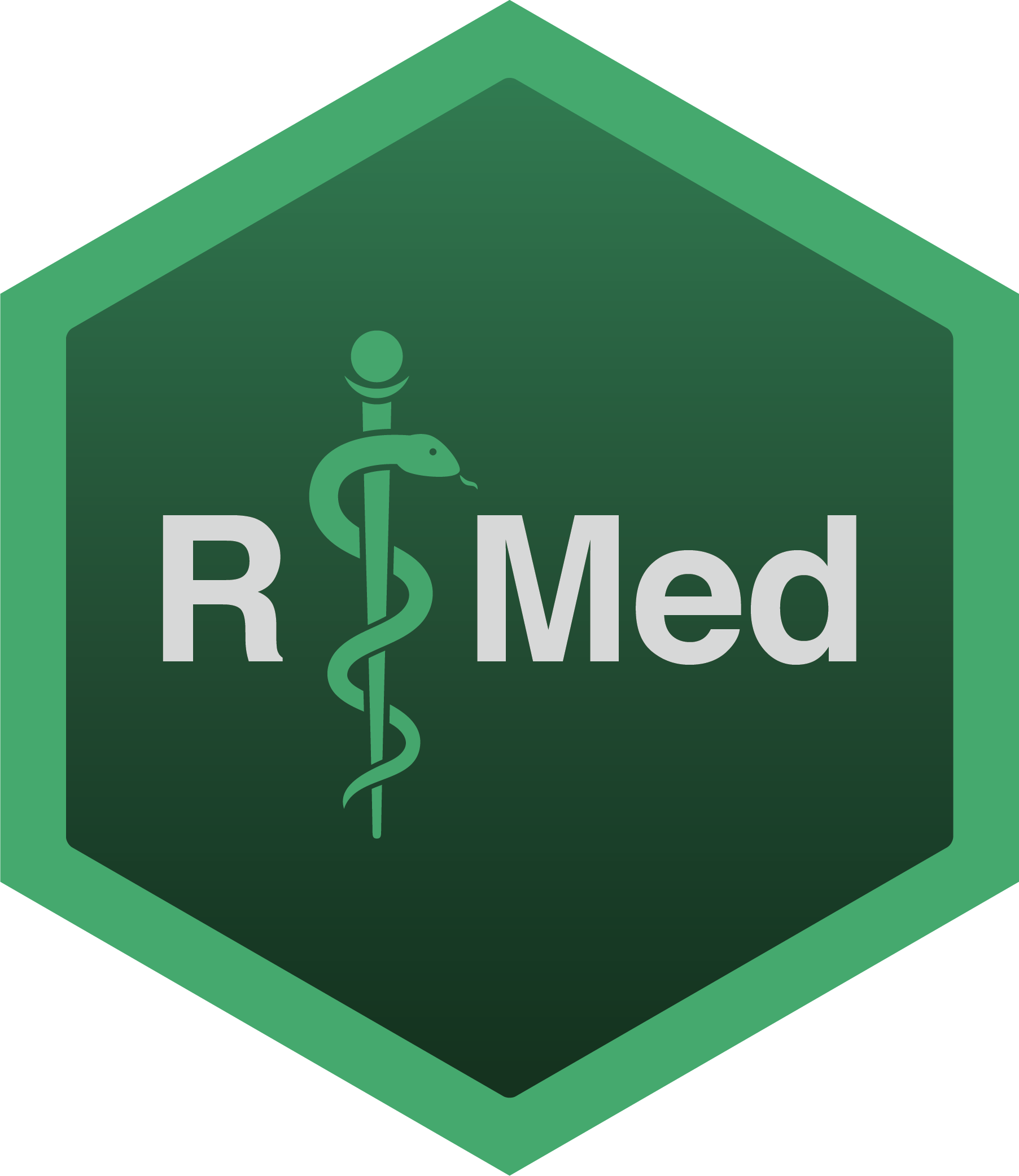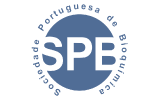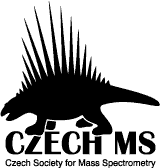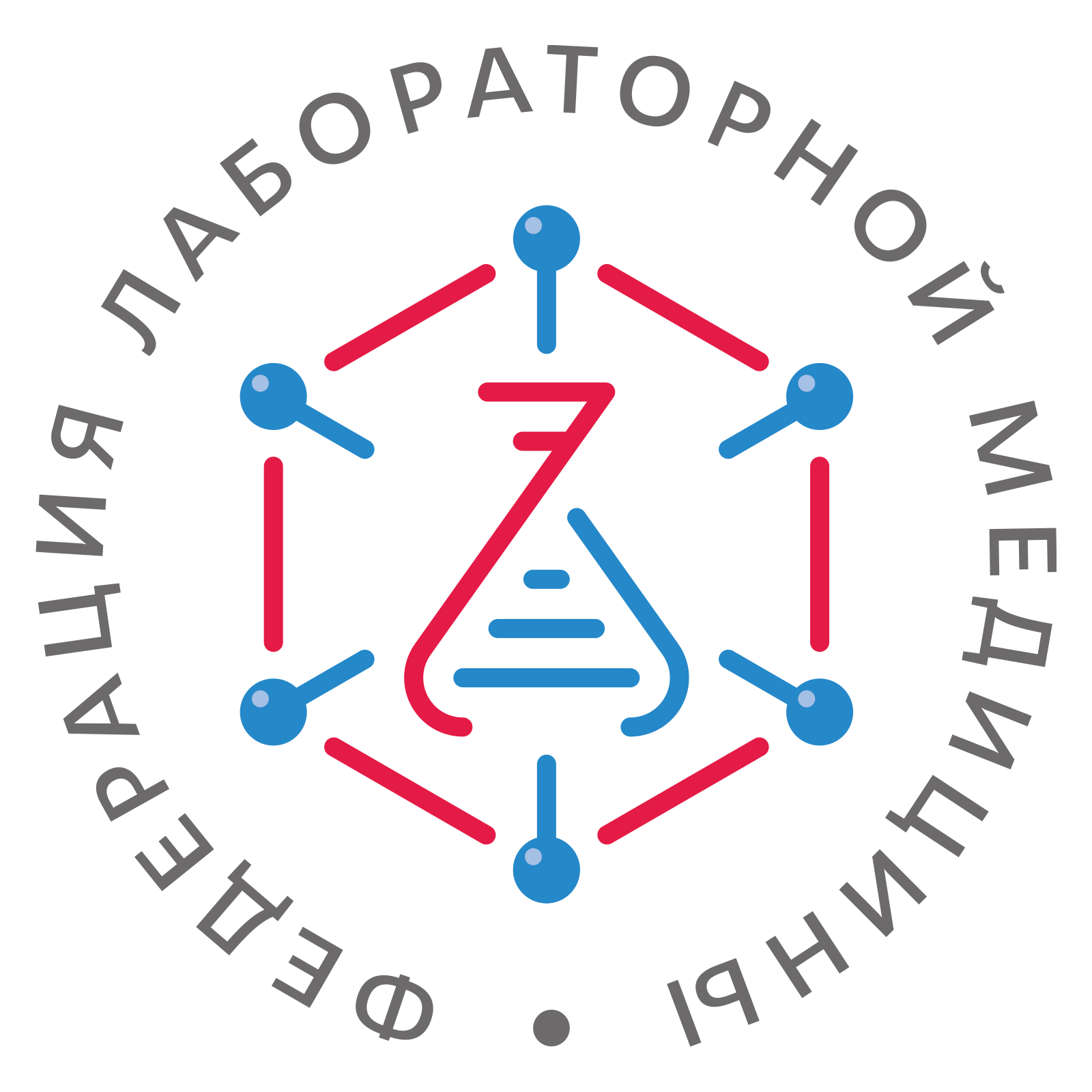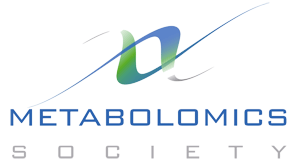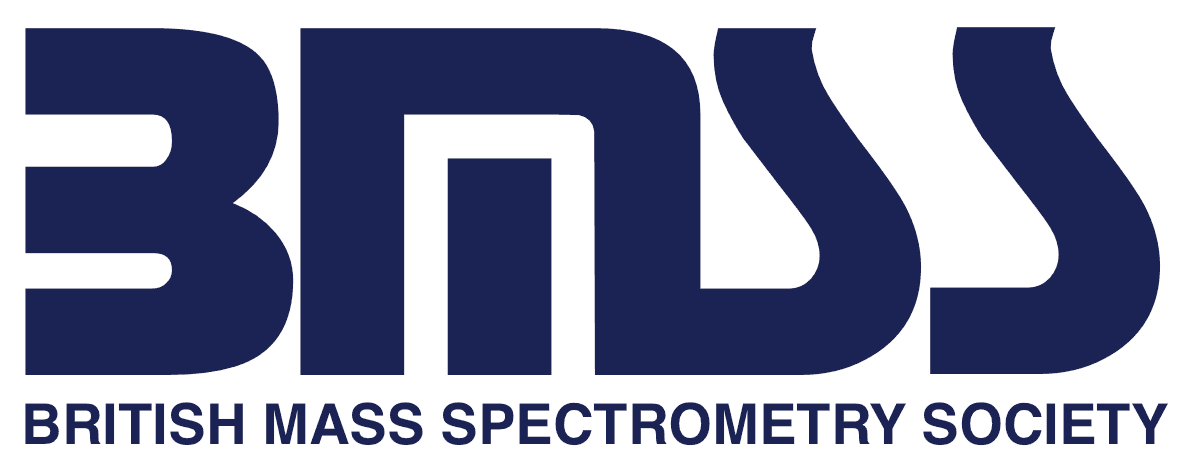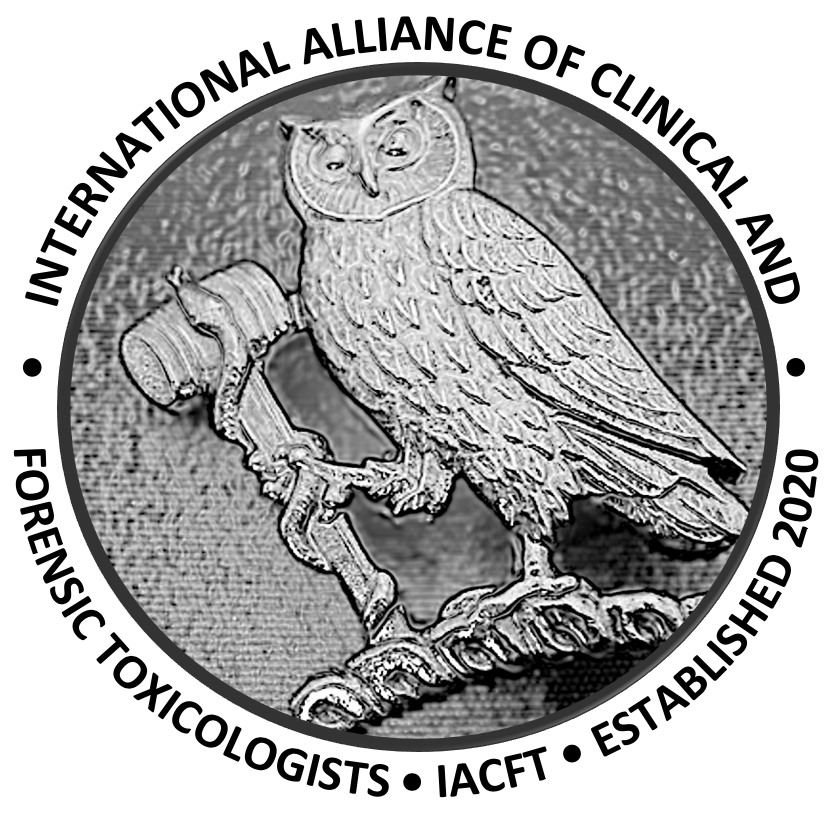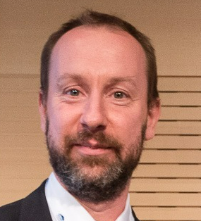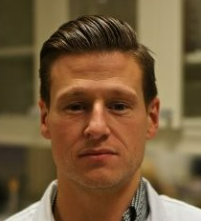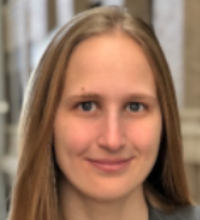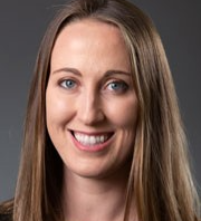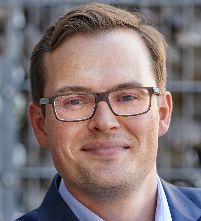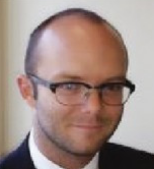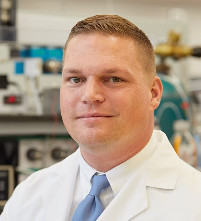MSACL 2023Monterey, CA : April 2-7 |
Agenda
Educational Grantee Partners:
|
Agenda (Preliminary) - View Program
Tuesday, April 4
Time |
Sessions |
|||||||||
|---|---|---|---|---|---|---|---|---|---|---|
800 |
Short Course Breakfast Buffet Location: Portola Club Room
Full Breakfast Buffet provided for Short Course attendees. You are going to need the hour to eat, so get there on time. |
|||||||||
1800 |
Registration Desk Open Location: Serra Foyer
|
|||||||||
1200 |
Short Course : LC-MSMS 101 : Getting Started with Quantitative LC-MSMS in the Diagnostic Laboratory Location: De Anza 3
|
|||||||||
1200 |
Short Course : Data Science 101 : Breaking up with Excel: An Introduction to the R Statistical Programming Language Location: Steinbeck 1
|
|||||||||
1200 |
Short Course : Data Science 201 : Flexing with R : Databases to Dashboards Location: Colton
|
|||||||||
1200 |
Short Course : Sample Prep 201 : Sample Preparation and Alternative Matrices for LC-MS Assays Location: De Anza 2
|
|||||||||
1200 |
Short Course : Clinical Proteomics 201 : Clinical Proteomics Location: Steinbeck 3
|
|||||||||
1200 |
Short Course : Metabolomics 201 : Measuring Metabolism from Dried Blood Spots to Microsampling and more Location: Steinbeck 2
|
|||||||||
1200 |
Short Course : GlycoProteomics 101 : Clinical glyco(proteo)mics by mass spectrometry Location: Stevenson 2
|
|||||||||
1200 |
Short Course : LC-MSMS 201 : LC-MSMS Technology and Techniques in the Clinical Lab Location: De Anza 1
|
|||||||||
1330 |
Lunch Location: Off-site
Short Course attendees receive complimentary lunch at Dustbowl Brewery. Receive voucher from instructor or at registration desk. |
|||||||||
1600 |
Short Course : LC-MSMS 101 : Getting Started with Quantitative LC-MSMS in the Diagnostic Laboratory Location: De Anza 3
|
|||||||||
1600 |
Workshop : Surgical Mass Spectrometry - Delivering the Technology to the Operating Room Location: Steinbeck 1
Objectives The objective of the workshop is to identify and overcome potential roadblocks preventing mass spectrometry-guided surgery to become routinely used in the clinical interventional world. The workshop will focus on the side-by-side comparison of existing technology and clinical needs, as also on the embedding of the technology into existing healthcare settings and regulatory aspects. The workshop is envisioned to outline the strategy for the clinical translation of these technologies. Summary The need for in-situ, real-time tissue identification has been dramatically increasing with the development and deployment of robotic and other high-precision surgical approaches. While surgical mass spectrometry techniques have been continuously developed, published and demonstrated in human surgical environment, none of these approaches have reached regulatory approval and routine application in surgery. We are planning to use the meeting to understand where the roadblocks are and how we can get around them to deliver the technology for patients and healthcare professionals equally needing it. The workshop is envisioned to map out the current technology landscape and identify the strengths and weaknesses of each solution together with their respective low-hanging fruit applications as the first main topic. This mapping exercise will be followed by discussing the embedding of the approach both into existing oncology and clinical diagnostic systems. The approach is expected to change how interventional cancer care (and potentially a few other treatments) is delivered, hence it is of utmost importance to understand this aspect from the point of view of pathologists, oncologists and medical imaging professionals. Furthermore, the technology will also be the forerunner of a universal, mass spectrometry-based diagnostic system, bringing LC-MS and MS imaging experts to the table. Beyond the embedding of the technology, we are also keen to discuss the regulatory and health economic aspects of the approach in the third part of the workshop. Syllabus/Topics
|
|||||||||
1600 |
Workshop : Design of Experiments for Optimization of LC-MS Clinical Assays Location: Steinbeck 2
Objectives The objective of the workshop is to provide an introduction into design of experiments (DoE) for clinical application with special focus on optimization of MS-based clinical assays. The workshop is focused on practical implementation of DoE and will demonstrate how method development of sample preparation and UPLC-MS/MS method for quantification of clinical biomarkers can become much more efficient by utilizing DoE. Summary Design of experiments (DoE) is an efficient tool for development and optimization of UPLC-MS/MS platform for quantification of biomarkers in complex biological matrices. The UPLC-MS/MS platform is composed of several processes which involve many experimental factors that need to be simultaneously optimized to obtain a true maximum sensitivity with adequate resolution at minimum retention time. DoE offers a practical approach for performing experiments in accordance with a predefined plan, modelling by empirical functions, and graphical visualization. Basic concept of DoE will be presented with emphasis on practical implementation of DoE which includes the three main stages, screening, optimization, and robustness testing. To demonstrate the cost-effective benefit of DoE, which allows the effect of variables to be assessed with only a fraction of the experiments that would be required by changing one-separate-factor-at-time (COST) approach, two case studies will be presented. The first case is optimization of sample preparation in bottom-up targeted protein LC-MS workflow using DoE. The second case is an optimization of a UPLC-MS/MS assay for clinical diagnostic and therapeutic drug monitoring of patients with adenine phosphoribosyltransferase (APRT) deficiency, which is an inborn error of purine metabolism. A polynomial model which corresponds to the objective of the case study is specified and an experimental design that supports the selected model is generated. Significant factors were studied via central composite design and related to responses utilizing partial least square (PLS)-regression. Both cases showed that DoE is an excellent tool for optimization of sample preparation for biological samples and UPLC-MS/MS quantification method for clinical biomarkers. A significant reduction of sample preparation time was achieved with increased yields for selected peptides and a reliable UPLC-MS/MS assay for simultaneous quantification of urinary 2,8-dihydroxyadenine (DHA) and adenine was optimized efficiently with DoE. Syllabus
|
|||||||||
1600 |
Workshop : Ion Mobility: How to Get it into YOUR Lab Location: Steinbeck 3
Objective Attendees will learn the basic principles of ion mobility, benefits and challenges to routine implementation in the clinical lab, method development, and current applications. Summary Ion mobility-mass spectrometry (IM-MS) has become a cornerstone of biomedical analysis, with applications ranging from isomeric small molecule differentiation to the study of protein structure. Despite its advantages, IM-MS has yet to see routine implementation in the clinical lab due to challenges in quantitation, limited universal standards, data processing software, and reproducibility across different IM techniques/vendor platforms. This workshop will introduce common IM techniques and their operating principles, expanding upon the benefits of incorporating IM into conventional LC-MS/MS workflows and discussing its challenges. A discussion of method design and development will focus on how users might go about integrating IM into their existing (or new) assays. Finally, an overview of current applications (including metabolomics, lipidomics, and proteomics examples) will be provided.
Objective 1: Understand the basic operating principles of IMS and the differences between the different techniques (e.g., drift tube, traveling wave, FAIMS/DMS, etc.) Syllabus
|
|||||||||
1600 |
Workshop : The Value, Impact, and Regulatory Landscape of Laboratory Developed Tests Location: Colton
Objectives
Summary Laboratory Developed Tests (LDTs) play a critical role in patient care. They are developed by expert laboratorians to bridge gaps between patient needs and available FDA-approved assays. LDTs are used to help diagnose and manage treatment for a variety of health conditions. These tests undergo extensive validation prior to implementation and, within the United States, are federally regulated by CLIA. The proposed Verifying Accurate Leading-edge IVCT Development Act of 2022 (“VALID Act”) includes additional regulation of LDTs by the FDA. If passed, the VALID Act would limit LDT access and the ability to provide timely laboratory testing to providers and patients, resulting in significant care gaps. This interactive workshop will provide an overview on what LDTs are, how they are validated and the current regulatory framework, highlighting papers published in the recent JMSACL special issue – Laboratory Developed Tests: Regulation, Assay Development, and Impact on Patient Care. We’ll also provide an overview on the status and potential implications of the VALID act. In the second half of the workshop, the audience will have a chance to share their opinions, questions, and concerns in a flipped classroom Q & A. |
|||||||||
1600 |
Workshop : Pre-Analytical Considerations as Prerequisite for Successful Clinical Application of Lipidomics Location: Stevenson 2
Objectives It is the objective of the workshop to provide an introduction into pre-analytical considerations for clinical application of MS-based analytics, with a special focus on lipids. However, these considerations are in many cases independent of specific analytes of interest and can hence be applied for polar metabolites as well as proteins. The workshop is focused on main hurdles to be considered when performing clinical research using LC-MS based determination of lipids namely: (I) pre-analytical sample handling, (II) frequent generation of patient samples as well as (III) overall cohort and study design. Summary Lipids are involved in a broad spectrum of functionalities in the organism and implicated in a variety of physiological and pathological processes. Changes in lipid levels are promising biomarkers for early diagnosis, prognosis of disease progression, or guidance for selecting promising therapeutic approaches. However, biomarker discovery in the field of lipidomics is a very challenging process since lipids require specific procedures regarding sampling (including selection of sample type and collection procedures, storage conditions and number of freeze-thaw cycles), sample preparation and analysis for reliable determination. As especially pre-analytical sample handling is a critical step for the reliable analysis of the lipidome, a close cooperation with the clinicians is necessary. This ensures following a highly standardized protocol for venous blood sampling to avoid several pre-analytical pitfalls potentially changing the lipid profile ex vivo. As collecting venous blood samples is very laborious for patients as well as clinicians, other ways for a more frequent sample collection are necessary. Therefore, capillary blood sampling using microsampling devices is an auspicious way to complement the strategy of analyzing venous blood-based samples taken in the clinics. Besides considering the right sampling strategy, the structured recording of sampling details and subject metadata, the overall planning of the study and also the cohorts to be included is of high relevance. All mentioned points have to be considered before starting a clinical research project applying lipidomics to generate high quality data making biomarker discovery possible. |
|||||||||
1600 |
Workshop : Setting up your first LC-MS/MS assay (from Start to Finish) Location: De Anza 1
Objective The objective of this workshop is to walk attendees through the process of acquiring/installing an instrument, developing their first assay, validating the assay as a laboratory developed test, and then ensuring adequate performance once live. This will be done using the presenters experience implementing a liquid chromatography tandem mass spectrometry (LC-MS/MS) assay to quantify buprenorphine in human urine. At the end of the workshop, attendees should be able to:
Summary The continuing expansion of mass spectrometry into the clinical laboratory involves both expanding what testing can and should be done by mass spectrometry as well as expanding the number of labs implementing and utilizing existing/established assays. Unfortunately, too often the barrier of entry into mass spectrometry can be quite high. This workshop is designed to help walk attendees through the process of acquiring/installing an instrument, developing their first assay, validating the assay as a laboratory developed test, and then ensuring adequate performance once live (post-implementation monitoring). In particular, attendees will be given an overview of how these steps were done when the presenter setup and implemented a liquid chromatography tandem mass spectrometry (LC-MS/MS) assay to quantify buprenorphine in human urine in a College of American Pathologists (CAP) accredited laboratory. Special attention will be given resources that are available to assist labs undertaking the development and validation of clinical LC-MS/MS assays, resources such as published papers and CLSI guidelines. Practical factors such as sourcing consumables and necessary operating procedures will also be included. While the focus will be on implementing this specific assay, the goal is to share general best practices that were used that can be applicable to other assays. Syllabus / Topics Covered Presenting your business case and installing your instrument (0.5 hours, with intro)
Developing your assay (0.75 hours)
Validating your assay (0.75 hours)
Post-implementation monitoring (0.5 hours) |
|||||||||
1630 |
Coffee Break Location: Steinbeck Foyer
|
|||||||||
1650 |
Welcome & Scientific Orientation Location: Steinbeck Ballroom
|
|||||||||
1740 |
The Michael S. Bereman Award for Innovative Clinical Proteomics : Translating Multiplexed Proteomic Assays to the Clinic and Beyond: Lessons from a Road Less Traveled Location: Steinbeck Ballroom
MICHAEL S. BEREMAN AWARD LECTURE The process of translating mass spectrometry (MS)-based proteomic assays from basic research to the clinical laboratory remains a significant challenge for many laboratorians. The road to using innovative assays to aid in patient treatment is often fraught with obstacles, be they technical, financial, or regulatory. Over the past several years, our laboratory has had success in the research and development, validation, and commercialization of a multi-marker assay of high-density lipoprotein (HDL)–associated proteins. The validated clinical assay provides insight into a patient’s cholesterol efflux capacity (the ability of HDL cholesterol to transport cholesterol away from the artery wall). The assay helps assess the patient’s risk for developing coronary artery disease and, ultimately, cardiovascular death. The assay is also a component in several clinical studies to further assess its utility. Furthermore, the research framework upon which this assay was designed continues to yield new insights into other pathologies, including non-alcoholic fatty liver disease (NAFLD), metabolic syndrome, and diabetes. In this presentation I will summarize our efforts, our successes, and lessons learned on the road from basic research to clinical deployment. |
|||||||||
1830 |
Distinguished Contribution Award : The Next Phase of Precision Medicine Location: Steinbeck Ballroom
Underlying precision medicine is the concept that an individual’s Omic signature (including the proteome) will provide a physician with clinically actionable diagnosis and a subsequent mechanistic therapeutic route. This requires i) having an array of mechanistic therapies for each disease and ii) a means to diagnosis (identify) which therapy (or combination) will be appropriate for a particular person. Proteomics has played a role in discovery and defining potential mechanistic routes, but it is now time to move into implementation. This will, we hope, drive democratize of precision medicine. |
|||||||||
2100 |
Opening Exhibits Reception Location: Exhibit Hall - Serra
|
|||||||||
2045 |
Troubleshooting Posters Location: Exhibit Hall - Serra
To be held in the Troubleshooting Poster Presentation Corner (lower left) of the Exhibit Hall. |
|||||||||
2400 |
MSACL Lounge Location: Portola Club Room
Drinks provided. Plus foosball and open mic! |
|||||||||




